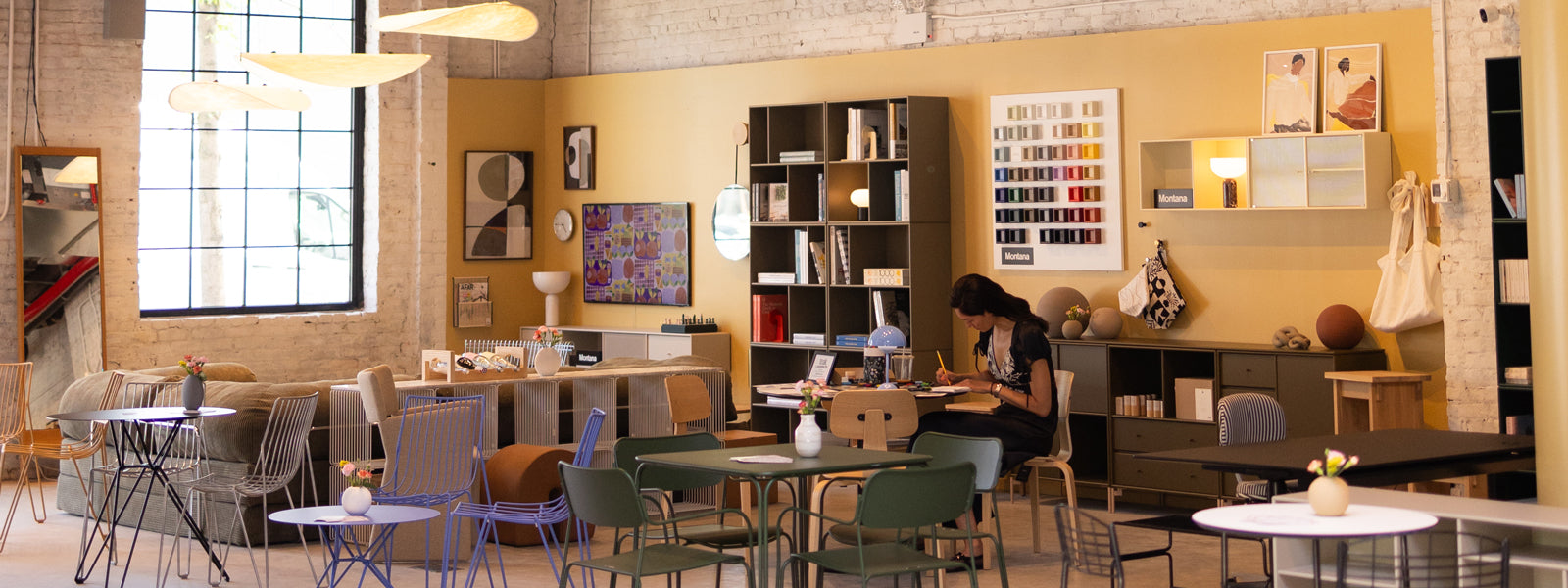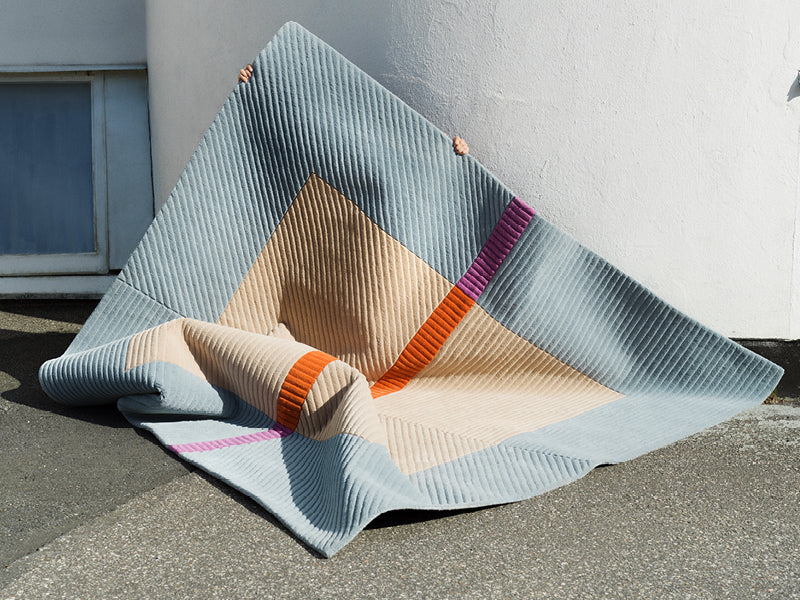1. Hang Art at The Right Height
Hanging artwork too high is one of the most common decorating mistakes. Hanging artwork above furniture like a sofa or console should not be more than six to nine inches from the top. If no furniture is under the art, it should be at eye level. Hold the artwork center at your own eye level to get a good idea of where the art should hang. The average height is 5'8", so that is typically where art should be centered on a wall. If you want to create a gallery wall, start with the first piece at the correct height and grow the artwork from there.
2. Make Windows Look Bigger
Your curtains' height can make or break your room. If you hang them too low, the entire window will look cramped and give the illusion of a low ceiling. To make a regular-sized window appear larger, hang the curtain rod higher than the top of your window. You can even reach a few inches above the ceiling. To increase the width of your window, extend the rod beyond its size so that the curtains panels are just outside the window's width. This will create the illusion of more windows behind curtains and make the wall appear larger.
3. Save Space
It can be hard to keep your space looking minimal if you don't have a lot of hidden storage. Although you might have a sofa and TV to start, you will need somewhere to place the cleaning supplies, pet supplies, extra clothing, or office supplies. Soon, you may feel like you are losing all of your spare space. This can be avoided by being realistic about how much space you have and ensuring that you use every inch. Purchase furniture like coffee tables, bed frames, or sofas that allow for hidden storage.
4. Be Familiar with The Principles of Design
Although interior design principles can seem daunting, you can quickly grasp the basics. Think about how furniture placement affects the visual weight of the room. Symmetry is a good choice if you prefer a traditional look. Modern interiors tend to be more asymmetrical, even if they are casual.
A focal point is an element that draws your attention when you enter a room. It is an element that stands out among other elements in a room's design. It can be anything, including an accent wall, large windows, artwork, or the television.
Remember to use the principles of proportion, color, texture, and scale. The room's size is referred to as scale. Proportion is a visual link to the size and shape of similar items. Another principle is rhythm. It creates order, repetition, and progression and moves with color, shapes, and texture.
5. Don't Ignore the Light
It would help to plan where the electricity center will be located and how each lamp will be connected before decorating. In apartment living, you don't have the choice to rewiring where the lights can go in a ceiling. Look at the ceiling to see where you can install a pendant light. Dimmers are also a good idea as lighting can set the mood for the home. It is important to remember that not all lighting is the best. Look for LED lights that give a 2700K color temperature for a nice, cozy atmosphere.
Many home staging professionals believe that lighting elements such as a table lamps or floor lamps can help create a welcoming atmosphere and support the style of your home. These are often included in furniture that matches your style. By layering a few light pieces in different rooms, you create a sense of warmth along with providing light.
6. Pay Attention to The Little Things
You must consider not only the space in your house but also the space between each piece of furniture where you can place accessories. A cramped space can be caused by too many accessories, so be thoughtful about the number of pieces you buy. Having a few pillows, along with candles, and trinkets will help make your home feel finished. You can find all of these items on Teak New York. To give your space a modern and clean look, you don't have to stick with too many statement pieces or large art. It is important to remember that less is more.
7. Customize Your Furniture
It is possible to create custom furniture for your home. To make unique pieces at a reasonable price, you can add handles, paint, or even different legs to existing pieces. Furniture comes in many different styles and materials. The furniture you choose should be compatible with your home's theme and concept. This is important because it will affect how much you spend on your budget. Purchase a piece that has the ability to last for a few years. Personally, we like to choose sofas that have interchangeable colors.
8. Do Not Buy Everything at Once
Before buying any major purchases, live in the house for at least two months. Often, the way you envision yourself using the house and the actual life you lead are two completely different things. Perhaps the $5,000 you spent on renovating your bathroom is not as important as enhancing the kitchen and dining room for maximum entertaining. You might also realize that the furniture pieces you buy could be too large for the space. It's best to live in your new space first before spending.
Conclusion
It can be difficult to decorate, especially if your ideas are different from those you are moving in with. But it doesn't have to be hard. You can find inspiration in other homes, look online at images that inspire you, and find pieces that are within your budget. You can start to experiment with your style by purchasing decor from Teak New York. These design tips for beginners will make your home look amazing in no time.














